Introduction to dog Socialisation
This month’s blog topic is socialisation. The Cambridge Dictionary defines socialisation as “the process of training people or animals to behave in a way that others in the group think is suitable.”
In the case of dogs living in our current UK society, there are a number of both legal and moral expectations of what behaviour is deemed suitable. From our observations, and when talking to our clients it would seem that the laws surrounding dog behaviour are not well known by the general public and although a focus on this could be a topic for another blog. This does have implications for socialisation if dog owners are under the impression that good dog socialisation is about dogs playing with as many other dogs as possible early on in their lives.
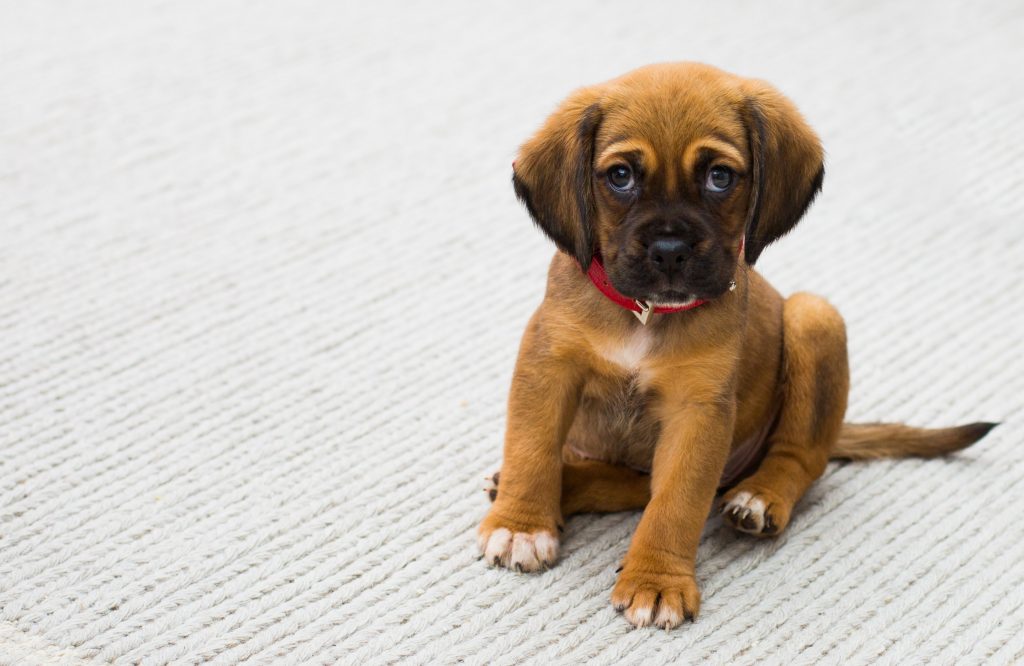
This blog will focus on what ‘meeting’ other dogs and humans should mean in good practice as well as expanding on the other key elements of good socialisation to help give an understanding of this commonly misunderstood topic.
What dog socialisation isn’t!
It may seem strange to discuss what socialisation isn’t. But due to the points made above, clarification is important. Letting your little puppy play fight with other dogs may seem innocuous. However, if you go by the analogy that ‘practice makes perfect’ this would indicate that you are supporting your young dog to become the next Tyson Fury.
Dogs who spend lots of time practising play fighting become very skilled fighters and who can blame them for using these accomplished skills when they meet new dogs and people. It’s what they’ve learnt, and they’re good at it! Beware of allowing this type of socialisation. At worst your dog may display aggression issues towards other dogs and humans. At best, you will have a dog who is obsessed with other dogs or people and struggles to ignore them.
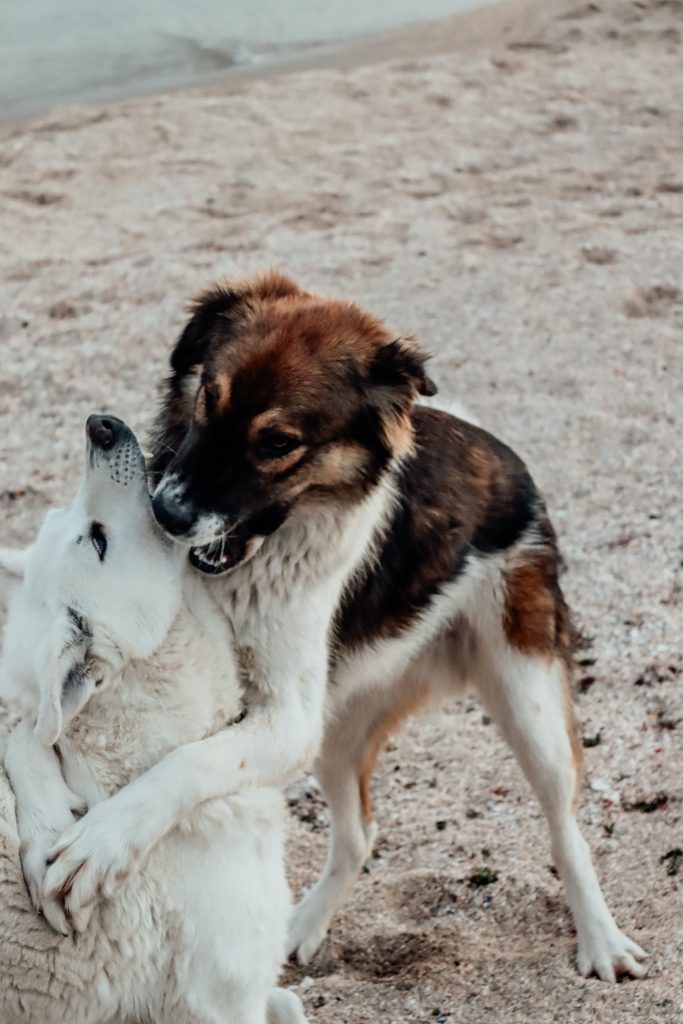
The most serious point to be aware of regarding the impact of poor socialisation is being in breach of the Dangerous Dogs Act 1991 which makes it an offence for a dog to be dangerously out of control, and/or for it to unreasonably put a person into fear that it may bite or injure them.
Essentially, this means if your puppy jumps up at someone resulting in them feeling frightened, or if they mark them with a claw, your dog and you are legally guilty of an offence. So, read on to discover what good socialisation looks like.
What is dog socialisation and how to go about it?
With the above point in mind, it is helpful to understand that socialisation is a key part of a dog’s emotional development. It is breeders (and then owners) who must take responsibility for starting this as soon as the puppies are born and throughout the critical socialisation period which is the first 12 weeks of a puppy’s life.
You may be intrigued to know that socialisation covers more than just meeting humans and other dogs. It includes exposing dogs to sounds, sights, smells and a wide range of objects.
Also important is to expose a young dog to a variety of new stimuli to help it cope with unpredictable environments in the future. It is also crucial to note that there is a second critical period (lasting about 2-3 weeks) that occurs between 6-14 months of age depending on the breed of your dog.
You need to look out for this second period and ensure that you are supporting your young dog to remain confident with the experiences it has been exposed to and train them again, where needed.
Meeting and greeting
- Meeting and greeting – whether it’s another dog or a person, it is advisable to only allow your dog to ‘meet’ them if it is listening to you and demonstrating calm behaviour. Your dog does not have to ‘meet’ every dog and human that you come across when out on a walk. Train your dog to walk on by with their focus on you and praise / reward them for doing this. Remember, you must be more important to your dog than other dogs and people.
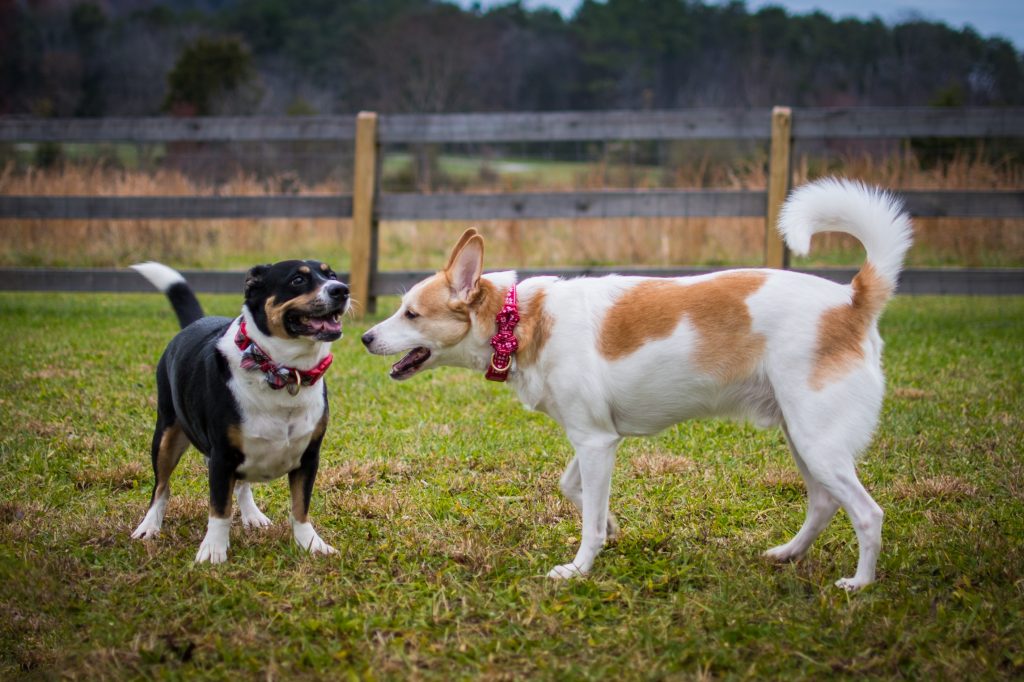
When meeting another dog that also appears calm, and its owner agrees, use the 3 second rule of allowing your dogs a quick greeting. This is for a maximum of 3 seconds. If your dog becomes over excited just move on. It is a good way of encouraging a positive interaction and then moving on before anything untoward can occur. Mark this positive interaction with praise and a reward.
For greeting people, to help with avoiding your dog jumping up, ask your dog for a ‘sit’ and then praise and reward. If you are happy for the person to pet your dog, then explain you are training your dog and that you would like them to pet the dog only when all paws are on the ground.
Planning how to socialise your dog.
As with any dog training, you want to set your dog up for success. In the case of socialisation, you want to aim for each new encounter to be as positive as possible. It is a good idea to have a plan of the types of things you will be socialising your dog to and when and how you are going to introduce your dog to them.
As soon as you bring your puppy home you want to be introducing them to as many things as possible. This includes both indoors and in the garden. Introduce your dog to each new experience slowly. Exposing them from a distance (if possible) and for short a duration. Then build up the time you expect them to endure it for.
In practice
For example, for a puppy who has never seen or heard the vacuum cleaner. You can leave it unplugged (but not unattended) in the same room as the puppy. The puppy gets used to seeing it and sniffing it and has a neutral experience of the object. Then to introduce the puppy to the sound of a vacuum cleaner. Move it to another room and switch it on so the puppy hears it from a distance. As owners it is important we don’t react to the sound or pander to the pup if they look concerned. Maybe initiate a game with a toy so the pup has a good experience after hearing the noise.
People will often pick up puppies if they believe they are scared. All this does is show they puppy they were right to be afraid. Because we have had to protect them and “close ranks”.
You can then slowly bring the vacuum cleaner nearer to the room that the puppy is in, praising and rewarding the puppy for being calm, eventually leading to the vacuum cleaner and puppy being in the same room. At any point, if you feel the puppy is becoming worried, you can go back a stage and build it up again. Remember, to build distance and duration incrementally setting your dog up for success.
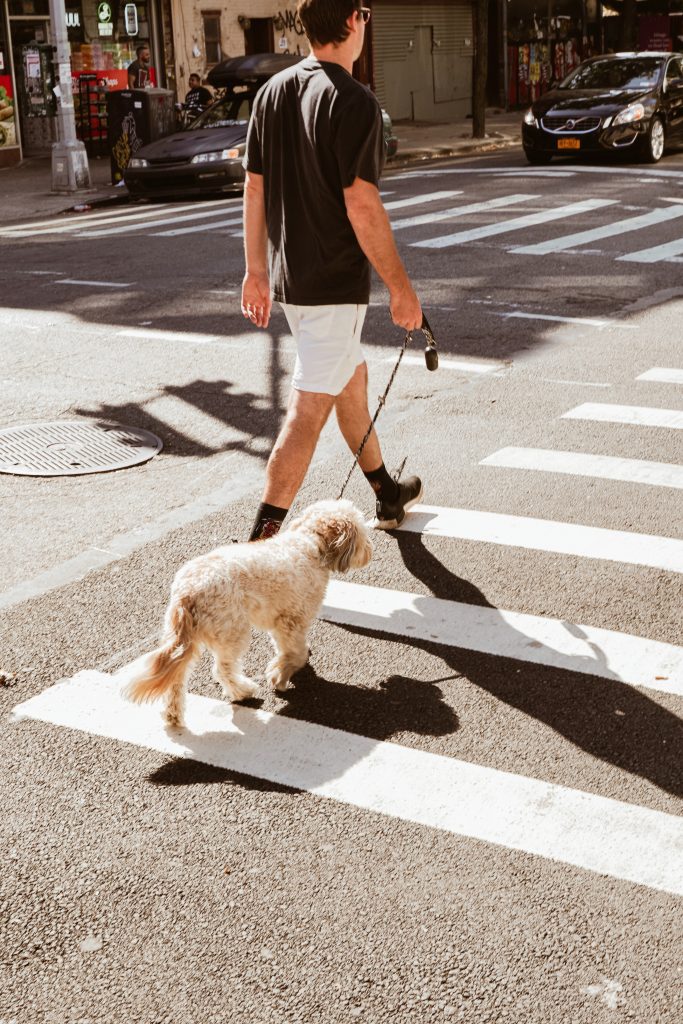
5 Top Things to Socialise your dog to:
- Other people – get your dog used to different aged people (babies to more mature people), genders, uniformed visitors (postman and delivery people), people wearing accessories like hats and sunglasses, carrying bags
- Household and environmental noises – machinery that is commonly used in the home. (vacuum cleaners, blenders), doorbells and knocking, outdoors – vehicle noises, bird scarers and shot, fireworks, lawnmowers.
- Other animals – Dogs, a variety of different breeds so they get used to different shapes and sizes. Pets in the home, e.g. cats, chickens, rabbits. Livestock, e.g. sheep, horses and cows. Birds, e.g. geese, ducks. Game, e.g. wild rabbits, deer, pheasants.
- Environmental situations – get your dog used to visiting different places, both big and small. Noisy public places, e.g. supermarket carpark, shopping centres, playparks. Indoor places, e.g. vets, groomers, cafes and pubs where dogs are allowed. Crates, e.g. in the home, car and vets if possible. Places where there is water, e.g. the beach, bridges, rivers, lakes etc.
- Objects, especially ones that make a noise – household, e.g. brooms, spray polish / cleaner. Wheeled items, e.g. prams, wheelchairs, scooters, skateboards, shopping trolleys. Grooming equipment, e.g. hair clippers, brushes and combs, claw clippers. Accessories, e.g. umbrellas, walking sticks / frames, hats.
What to do if your dog is nervous or sensitive.
Having gone through the above checklist, you may have seen that your dog is nervous around some sights or sounds. Our advice would be to address this as soon as possible. Experience tells us it will manifest itself into a bigger problem, rather than ‘go away’.
It may be that once you have identified the issue, you can spend time slowly desensitising your dog. This is done through a well-structured staged approach based on positive, reward-based exposure. When we slowly build the dog’s confidence they become less concerned about the issue.
However, dependent on the level of concern your dog has about something it fears and how it demonstrates its fear. E.g. through aggression or total freezing of movement. You may need to enlist the services of a behavioural trainer. They can support you in through a management and training plan to help overcome the fears.
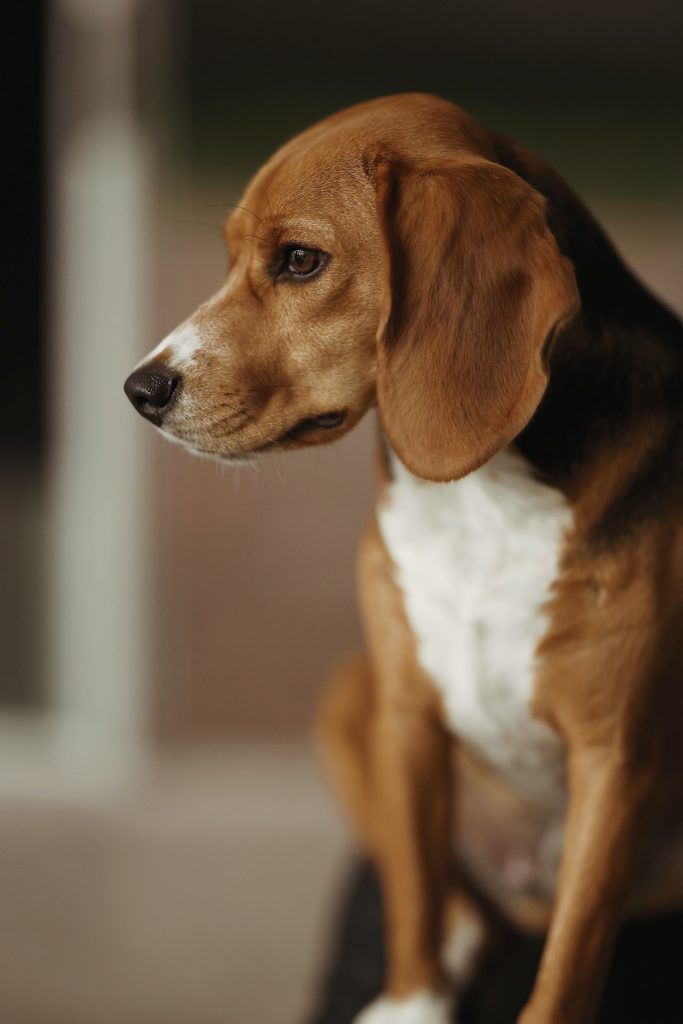
Summary – Key things to remember when socialising your dog
- Create a socialisation plan listing all the things you will expose your dog to and how
- Be aware of the two critical periods in your dog’s life. Ensure your encounters a variety of experiences to help it cope with unpredictable environments
- Ensure socialisation training is relaxed and fun
- As always, set your dog up for success.

If you feel you need some help with how best to socialise your dog or puppy. Get in touch and we can sort a plan of action for you moving forward.
